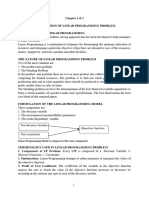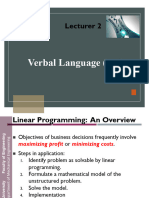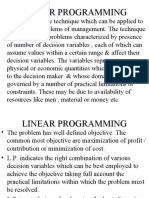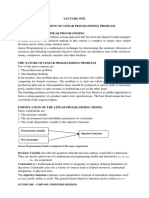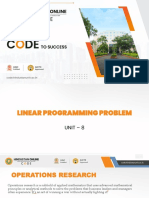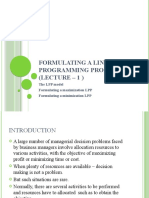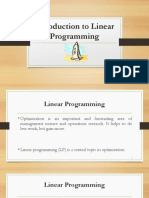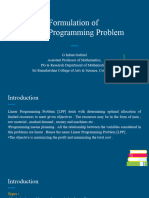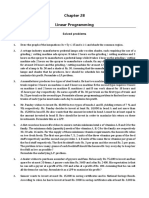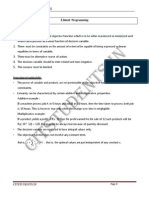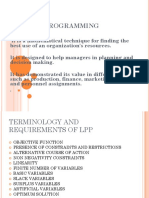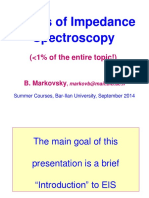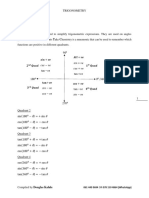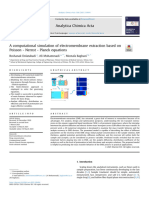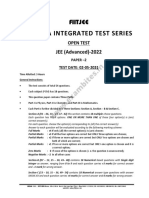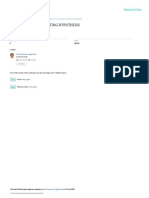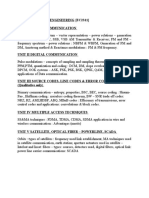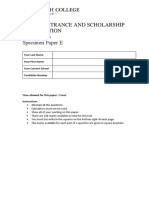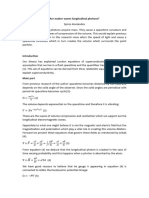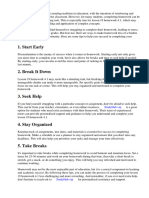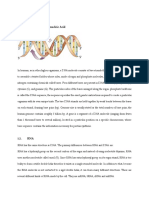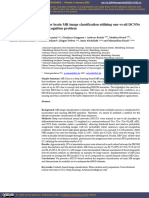0% found this document useful (0 votes)
67 views12 pagesMAT4082 LPPmoreexamples
This document provides examples of linear programming problems involving product mix, blending, and diet optimization. It defines linear programming and describes two common problem types: product mix problems involving allocating limited resources to multiple products to maximize profits; and blending problems to determine the optimal mix of ingredients to minimize costs. Several examples are provided and solved step-by-step to formulate the problems as linear programming models with objective functions and constraints.
Uploaded by
Anum YameenCopyright
© © All Rights Reserved
We take content rights seriously. If you suspect this is your content, claim it here.
Available Formats
Download as PPSX, PDF, TXT or read online on Scribd
0% found this document useful (0 votes)
67 views12 pagesMAT4082 LPPmoreexamples
This document provides examples of linear programming problems involving product mix, blending, and diet optimization. It defines linear programming and describes two common problem types: product mix problems involving allocating limited resources to multiple products to maximize profits; and blending problems to determine the optimal mix of ingredients to minimize costs. Several examples are provided and solved step-by-step to formulate the problems as linear programming models with objective functions and constraints.
Uploaded by
Anum YameenCopyright
© © All Rights Reserved
We take content rights seriously. If you suspect this is your content, claim it here.
Available Formats
Download as PPSX, PDF, TXT or read online on Scribd
/ 12




